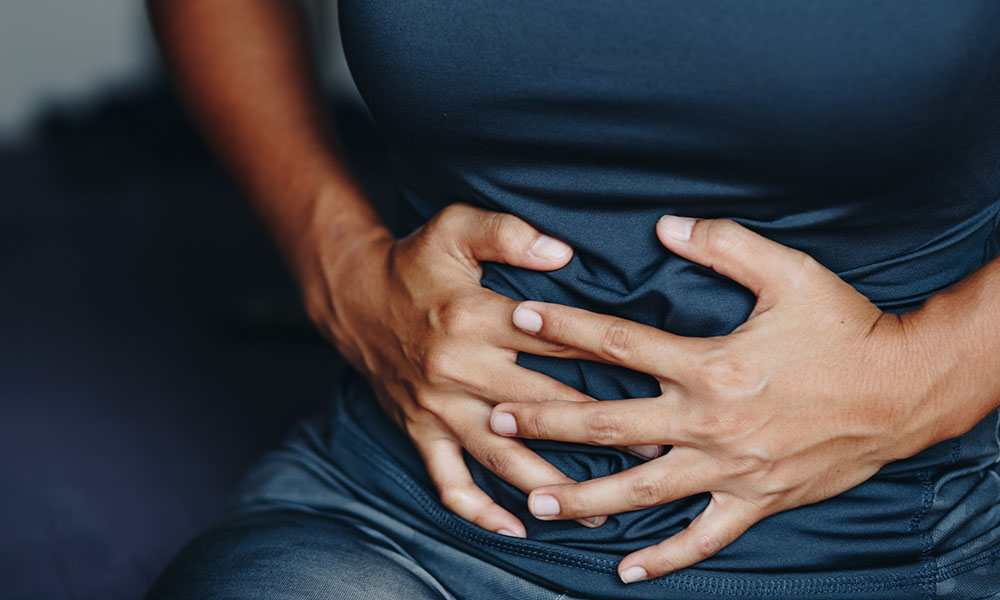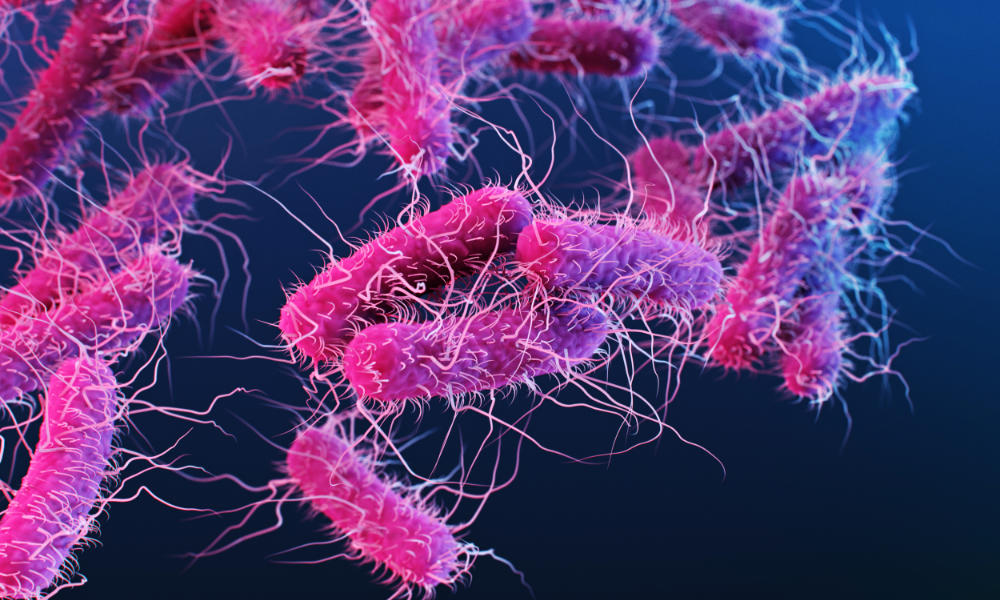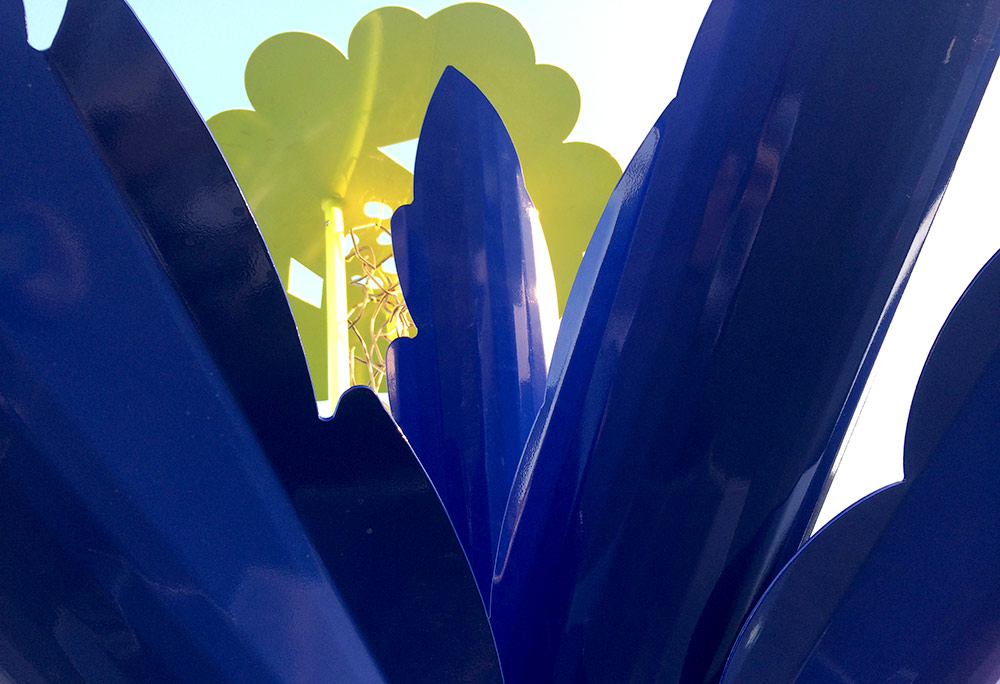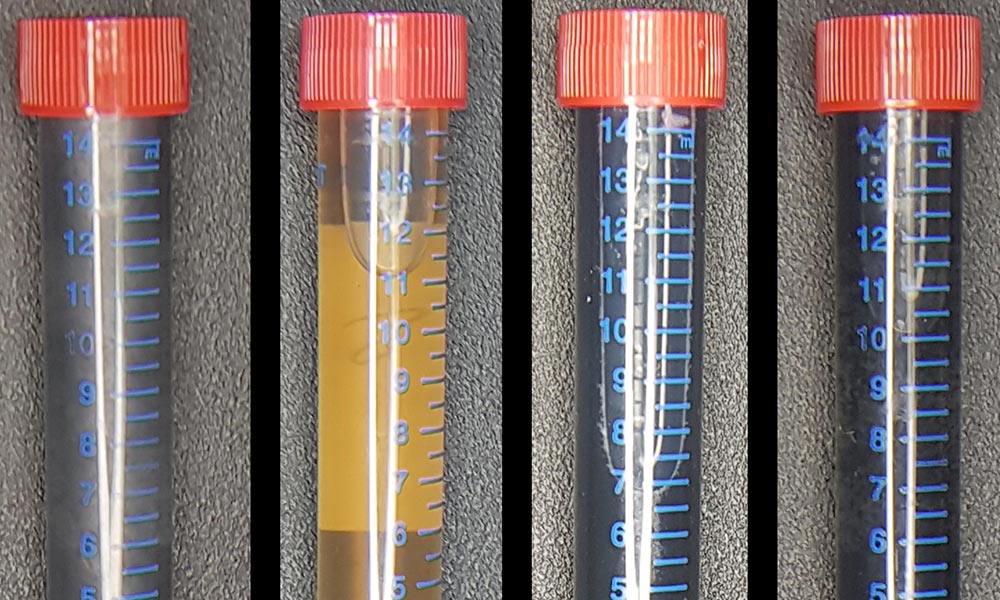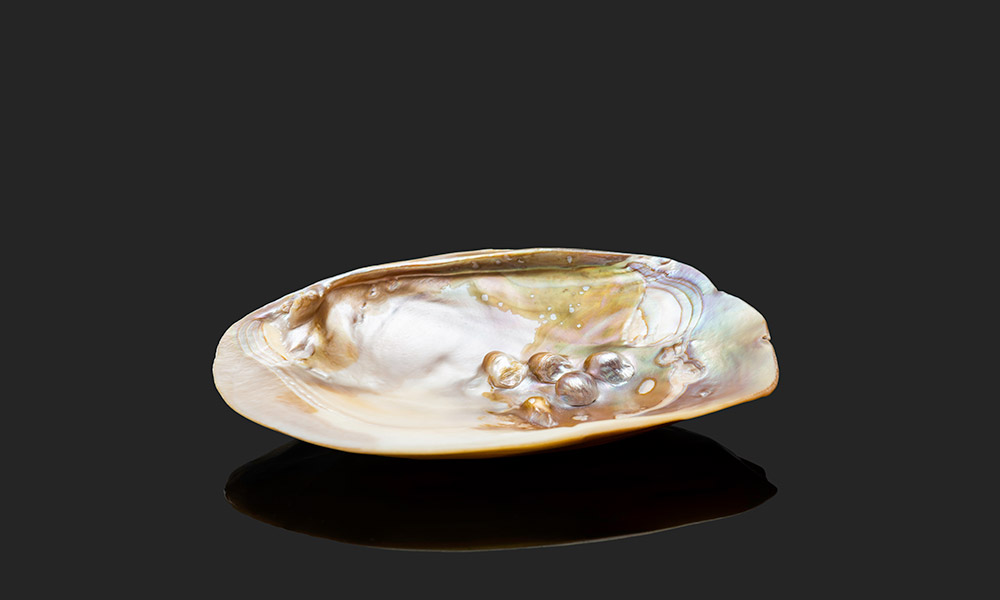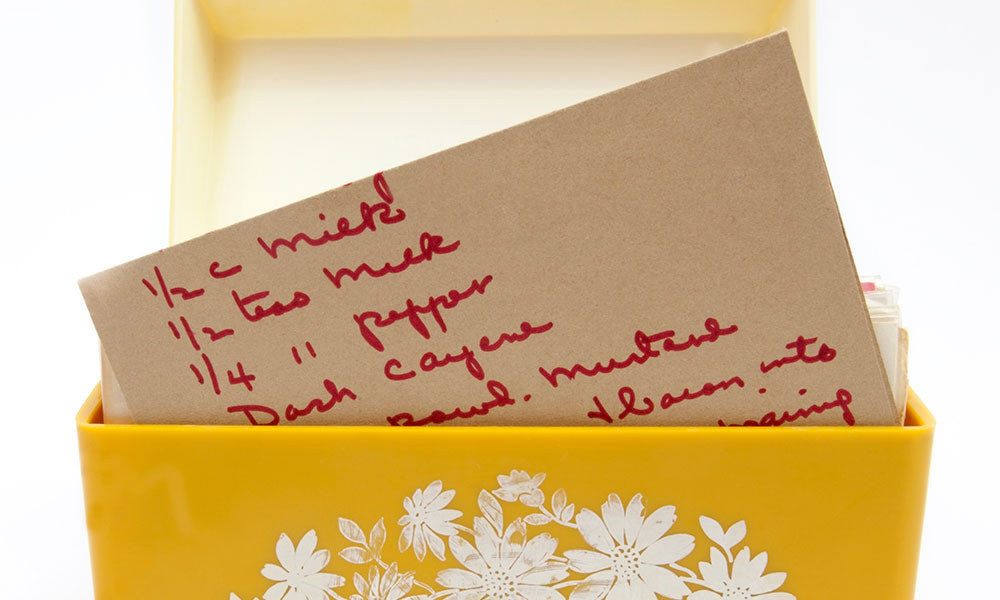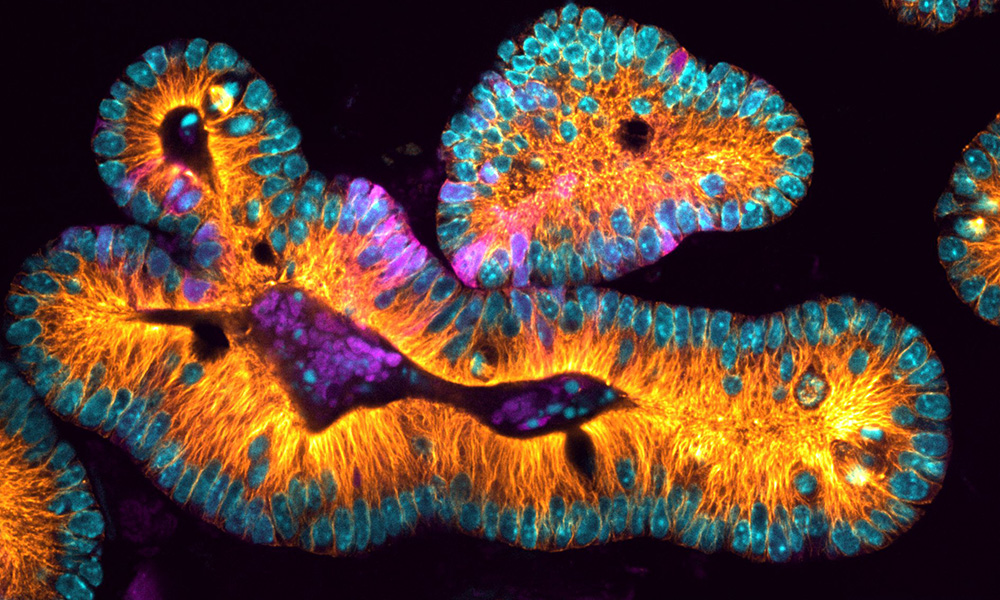
Science & Technology
Rochester to advance research in biological imaging through new grant
February 22, 2021
A multidisciplinary collaboration will create a new light-sheet microscope on campus, allowing 3D imaging of complex cellular structures.

